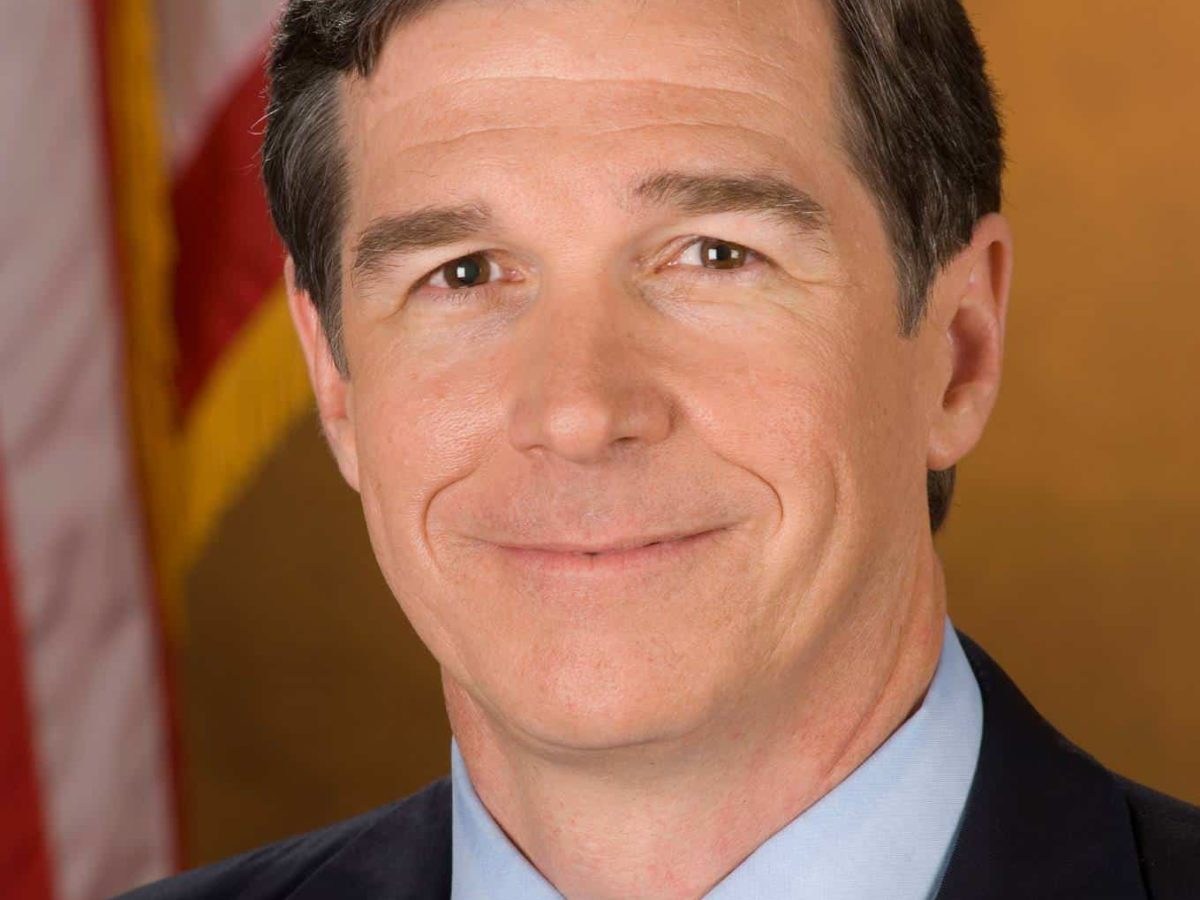
CHARLOTTE: Governor Roy Cooper today urged legislative Republicans to provide funding for smaller class sizes to phase in the currently unfunded mandate when they convene in Raleigh next week. The governor’s comments followed a visit to Cotswold Elementary School in Charlotte, where he met with students, teachers, support staff, and administrators.
“I believe smaller class size can be a good thing, but you have to pay for it,” Gov. Cooper said. “This is an artificial class size change—one that shrinks classes on paper but in reality hurts students and teachers.”
In 2016, the General Assembly required smaller class sizes for kindergarten through third grade classes in North Carolina public schools, but failed to provide additional funding for teachers and classroom space. As a result, schools across the state have been forced to increase class sizes for higher grade levels in order to move teachers to K-3 classrooms. In some districts, critical classes like computer science may have to be cut so those teachers can be reassigned to cover new classes.
Without additional funding for classroom space, many schools will be forced to place K-3 classes in alternative spaces like trailers and cafeterias, instead of rooms built for learning. In addition, class size may have to be increased in grades 4 and above.
“We should be helping schools hire highly qualified teachers instead of forcing them to resort to measures that will set our students back,” Gov. Cooper said. “Squeezing public schools even further by forcing artificial deadlines could hurt student learning and leave some children and teachers in overcrowded classrooms.”
“With classroom space constraints and an existing teacher shortage, school boards across the state are concerned about the repercussions on our students of reducing class size under the timetable prescribed in the law,” said Dr. Ed Dunlap, Executive Director of the NC School Boards Association. “NCSBA believes reducing class size is beneficial but not at the cost of having untrained teachers, reduced Pre-K services, larger class sizes in 4-12, classes in more mobile units and teachers losing their classrooms and having to teach from a cart.”
The requirements come at a challenging time for school systems as they prepare budget requests for their counties and hire teachers for the upcoming school year. Many local school boards across the state have passed resolutions calling on legislators to fix the problem and detailed the negative impact they will have on students. Examples include:
- •Avery County Schools
- •Chapel Hill-Carrboro City Schools
- •Cherokee County Schools
- •Clinton City Schools
- •Durham Public Schools
- •Graham County Schools
- •Guilford County Schools
- •Kannapolis City Schools
- •Lee County Schools
- •Montgomery County Schools
- •Nash-Rocky Mount Public Schools
- •Orange County Schools
- •Warren County Schools
- •Wilson County Schools
Read the governor’s full prepared remarks here:
Good morning. I’m glad to be here today at Cotswold Elementary.
I’ve enjoyed meeting with students, teachers, administrators, and support staff who have just gotten back from winter break.
They’re energized and ready to take on the second half of the school year. But like many other schools across North Carolina, Cotswold is also working to solve a serious problem caused by an unfunded mandate from the state legislature.
In 2016, the General Assembly first passed a requirement for smaller class size for grades K-3 in our public schools.
Sounds like a good idea, right? It is on paper, but in reality, without the money to do it, it’s a nightmare. The legislature either needs to phase this law in or provide funding for it.
You see, schools like Cotswold are in a bind. Several of their K-3 classes now have more students than this new law allows.
But because the General Assembly failed to include funding to meet this requirement, schools are having to take steps that they know will hurt.
They weren’t given the money to hire additional teachers and create space for additional classrooms, so they’re having to cut elsewhere.
The decisions schools like Cotswold will have to make in the coming months will put education quality at risk.
What are those alternatives? Cutting computer science, arts, music, and physical education classes, and increasing class sizes in grades 4 and above.
I recently visited Washington Elementary School in Raleigh, where I went into a class where students were learning computer science skills—lessons that are critical to preparing young people to succeed in 21st century jobs.
The school principal told me that the class would likely have to be eliminated if this new law is not phased in or funded.
Few schools will have the space to meet the requirements of the new law at the beginning of the next school year, so more classes will have to be held in alternative spaces like trailers and cafeterias instead of rooms built for learning.
I recently heard from administrators at one middle school about another bad option.
A teacher from one of their three eighth-grade classes retired. Normally, the school would have hired a replacement for this teacher. But because of the new law, the district made the tough decision not to fill that slot. Instead, they moved the position to K -3 where the class size change is required.
So instead of three eighth grade classes, that middle school now has to make do with two classes of about 35 students each.
It’s like a balloon—you can squeeze one end to make it smaller, but the other end just gets bigger.
The students in those classes will get less individual attention, and their teachers will be strained even further.
I believe smaller class size can be a good thing, but you have to pay for it. This is an artificial class size change—one that shrinks classes on paper but in reality hurts students and teachers.
Squeezing public schools even further by forcing artificial deadlines could hurt student learning and leave some children and teachers in overcrowded classrooms.
The legislature itself acknowledged this when phasing in the class size requirement for one year until they could fund it. They never did. Now the deadline is coming again.
So as the General Assembly prepares to head into a special session next week, I’m asking legislative leaders:
If smaller class size is a priority, fund it. If the money isn’t appropriated, then phase this new law in.
I know that a number of members of our General Assembly—both Democratic and Republican—agree that this isn’t the right way to reduce class size.
We need to take the pressure off school districts now so they can do their jobs. Let’s help them phase into new class size requirements over time so that students and teachers don’t suffer. Let’s make sure they get the funding to do this.
We should be helping schools hire highly qualified teachers instead of forcing them to resort to measures that will set our students back
North Carolinians from all walks of life rely on our public schools to get a good education that sets them on the path toward success.
It’s time to put them first.
Recommended reading



